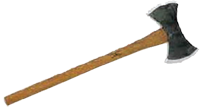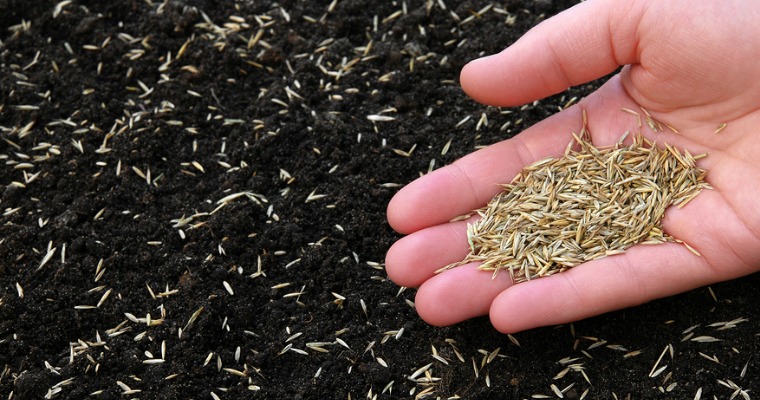One of the most important steps in maintaining a lush, healthy lawn is seeding. Sure, mother nature will spread seeds around naturally, without any additional work required on your behalf.
However, this often results in bald patches where the grass doesn’t grow as thick (or at all). To prevent this from happening in your lawn, you should seed it on a regular basis.
So, when exactly should you seed your lawn?
Ultimately, the best time to seed your lawn varies depending on the variety of grass. Different varieties of grass thrive at different times of the year.
Therefore, you should first determine which variety of grass you wish to grow. Once you’ve determined your preferred grass type, you can refer to the following information to determine when to seed your lawn.
Bermuda
Bermuda is probably the most common type of grass here in Central Texas. Bermuda is a warm weather grass and is best planted in spring to late spring or early summer. This will give the grass a chance to germinate and get established before the intense heat of the Summer rolls in.
Bluegrass
For bluegrass, it’s best to seed your lawn either in early spring or early fall. The mild temperatures provide an ideal environment in which bluegrass thrives. Attempting to seed bluegrass during the “dog days” of summer will often result in it turning brown and dying.
You can further assist bluegrass and help it grow in your lawn by fertilizing it. Fertilizing is best done immediately after seeding, either in the early spring or early fall.
Tall Fescue
For tall fescue, it’s also recommended that you seed either early spring or early fall. Waiting to seed when it’s hot increases the risk of your grass dying. And like bluegrass, it’s also a good idea to fertilize immediately after seeding your lawn with tall fescue.
Fine Fescue
Fine fescue is a bit more hearty than bluegrass and tall fescue. As such, you can seed it in the early spring, late summer, or even later in the year in fall.
You should not, however, seed fine fescue during the winter or mid-summer. The extreme cold temperatures of winter and extreme hot temperatures of mid-summer are simply too much for fine fescue to handle.
If you already have it growing, it should survive. But if you’re attempting to seed your lawn for the first time, it may have trouble taking root.
Other Tips for Seeding Your Lawn:
- Remove leaves, pine straw and other debris from your lawn before applying the seeds.
- Avoid mowing your lawn until the new grass has reached at least 2”.
- After seeding your lawn, use a sprinkler to water your lawn daily for the next 2 weeks.
- Don’t use any weed control or pesticide on your lawn until it has taken hold.
The Woodsman Company offers tree planting, tree pruning and shrub trimming, tree removal and stump grinding as well as a tree wellness program.
If we can help with any of your tree care needs give us a call at 512-846-2535 or 512-940-0799 or

